

|


|
Tamiya GF-01 Chassis
|
Released by Tamiya on March 12, 2014, on the Toyota Land Cruiser FJ40 Pick-Up (#58589) the GF-01 shares a number of its parts with the WR-02.
In May 1999 Tamiya released the Wild Willy 2 (#58242), the first model to be based on the 2WD WR-02 Chassis that was itself based on the 4WD WR-01 Chassis. Tamiya have once more reconfigured the design to produce the 4WD GF-01 chassis.
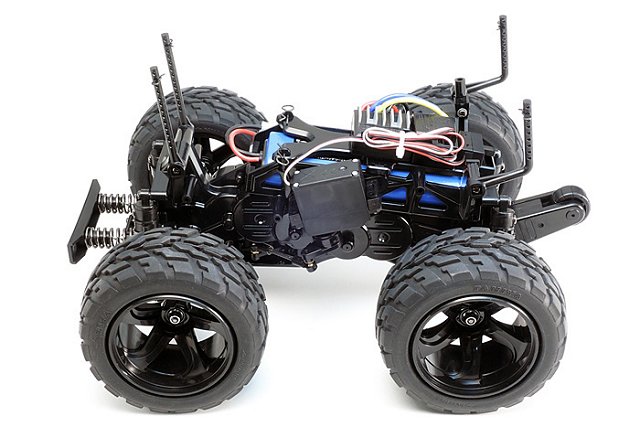
Unlike the WR-01 chassis, that was a Twin-Motor design, the GF-01 employs a single motor, centrally mounted, providing drive to all four wheels via a drive train of gears housed inside the chassis that itself doubles as the gearbox.
The configuration employs two orbital gear differential units, coil spring over friction shock absorbers and the now standard wheelie bar.
Similar to the vast majority of Tamiya Radio Controlled models, the GF-01 comes with the plastic and sintered brass bushings (ring type bearings). If installed, the grease on these bearings collect dust and grit that actually abrades the shafts spinning in them, so if you do fit ball bearings at a later time they are sloppy on the shafts - not good - To avoid this problem, a full set of steel shielded ball bearings should be installed on first build.
The kit includes a TBLE-02S ESC that can run brushed and brushless motors and a 540 Torque Tuned motor. Radio equipment, battery, charger and paint are needed to complete.
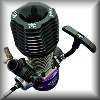
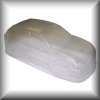
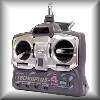
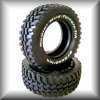
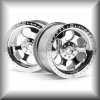
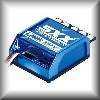
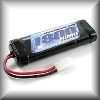
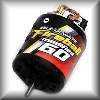
|
|
|

|
|
Tamiya GF-01 Chassis
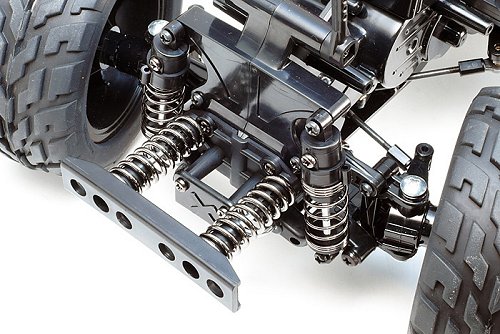 |
|
Tamiya GF-01 Chassis
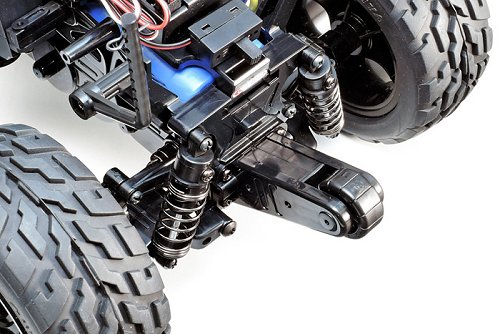 |
Buying a Used Tamiya GF-01
|
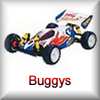
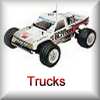
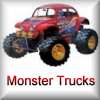
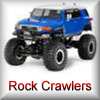
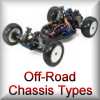
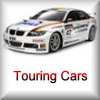
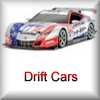

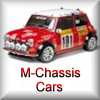
|
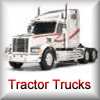
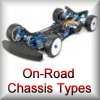
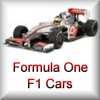
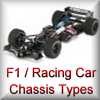
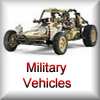
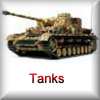
|
|
|
Information and AdviceElectronic Speed ControllersHistory
ESC were originally developed to be used in conjunction with brushed 27T stock and modified motors in the late 1970s, early 1980s. Compared to modern day Controllers, they were Bulky and heavy, constructed using basic resistors, rheostats, capacitors and transistors, crammed together on a simple circuit board, to provide stepped but smooth acceleration when compared to the old mechanical, servo operated sweeper Speed Controllers. An Electronic Switch to change the direction of current flow was used on some of these early ESC to give reverse operation. Although they were a vast improvement on the old mechanical speedos of the time, they were expensive, jerky to control, and prone to burn out if not carefully looked after. |
|
Hints, Tips and Information How to Charge Rechargeable Batteries for Peak PerformanceNi-Cad (Nickel Cadmium) Batteries
1/ All Ni-Cad Batteries have to be Discharged soon after use. This is to avoid the dreaded "Memory" effect that on subsequent re-charges can cause a momentary drop in performance during a race. A simple discharger can be made from a car 12v bulb.
Ni-Mh (Nickel Metal Hydride) Batteries
1/ Never charge Ni-Mh batteries at a current higher than 4.5 amps. Although these batteries can give a higher voltage than Ni-Cad Batteries, they are much more sensitive and easy to damage if charged too quickly. |
|
RC Models:
|
Radio & Motors: |
Other
Accessories: |